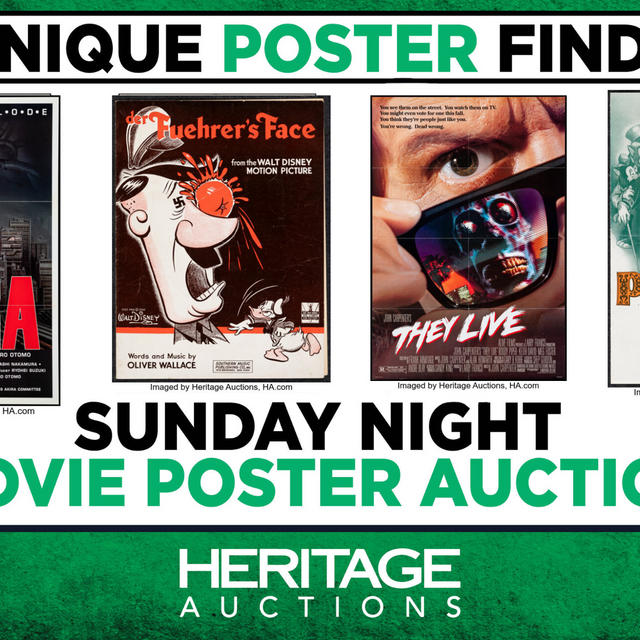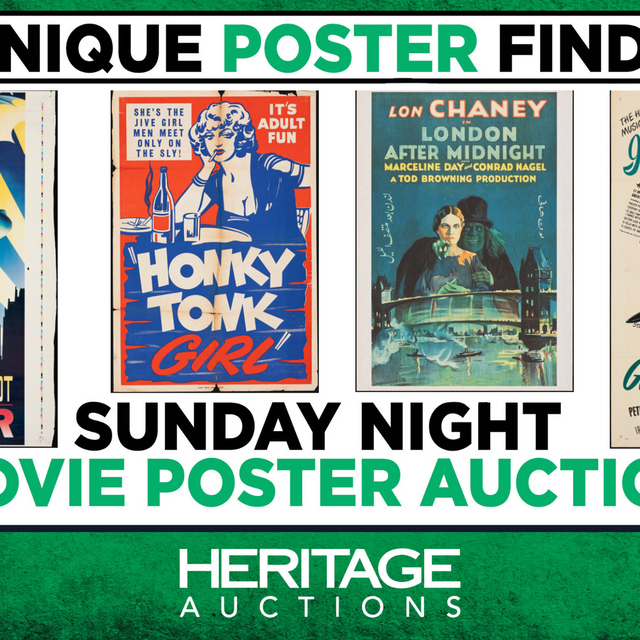 © Jeff Kleinsmith
© Jeff KleinsmithA few weeks back, I ordered a poster from Cargo Collective for a Spoon show I went to more than 10 years ago. The artist was Jeff Kleinsmith, who has designed logos for the American Poster Institute and Sub Pop, as well as album covers for Nirvana, Mudhoney, The Postal Service, and Sleater-Kinney. It came, the first poster I'd gotten in a long, long while. I decided to give Kleinsmith a closer look.
Jeff Kleinsmith has a style that readily calls to mind the mid-century modern. The Queens of the Stone Age poster above is something I've not seen before: the dime store novel look, the kind of cheap book someone my age would have seen in a school library and, increasingly, in antique stores and cheap bookstores. All of it—the lettering, the coloring, even that crow—is authentic. What else can this artist do?
 © Jeff Kleinsmith
© Jeff KleinsmithA lot, it turns out. The Sixties art, which we all recognize, I think—it's a lot like the original Ren & Stimpy episodes, in fact, which were nothing if not an homage to those Sixties cartoons like the Rocky & Bullwinkle Show—appears throughout Kleinsmith's show posters. Take this Sleater-Kinney show, the layered silkscreen colors resembling exactly those we might have seen in a movie poster from the Sixties:
This Belle & Sebastian poster is equally fitting, as that band's music also makes an homage to early to mid-Sixties hip pop, as do their album covers. Right off, I thought of the movie poster for Funny Girl, the 1968 Barbara Streisand film that got her the Academy Award for Best Actress. Or the poster for Alfred Hitchcock's 1958 Vertigo. This poster's aesthetic is not too far off.
 © Jeff Kleinsmith
© Jeff KleinsmithAgain, it's that true-to-form lettering, the colors, and especially that bird's head. But the colors, in particular, are what draw me to this, I think. The plain earth tones are offset only briefly by that pale blue. It really does make me think of my grandparent's house; I mean, they had that kind of kitsch.
Now, "kitsch" is something that generations today—I mean, it's hard not to think "hipster" here—revere. In Portland, Oregon, I remember a museum dedicated to those awful black velvet paintings. One thinks of those terrible "big-eyed" paintings from the 60's. Horrendous. But these posters point to something equally "popular," and thus consumerist, from the Sixties: a kind of "pop art" that could be found, at that time, worldwide.
 © Jeff Kleinsmith
© Jeff KleinsmithThis is known as "graphic design," and Saul Bass virtually created that look. The Vertigo poster? Bass. The Shining movie poster? Also Bass. His online gallery will give you an ample taste of the style that defined the 20th century. So that this poster for Les Savy Fav, by Kleinsmith, suddenly reveals itself as not only an homage, but a pushing of the style even further:
My Spoon poster is clearly of this style. As is this Death Cab for Cutie poster which alludes subtly to that classic image of something like Funny Girl and makes it a bit more odd, even more menacing.
 © Jeff Kleinsmith
© Jeff KleinsmithAnd in that spirit, Kleinsmith has created a number of posters that do double-duty: they make a document of a sensibility evident today, which is itself an illusion to a sensibility of the past. It is both an homage to the culture of our parents (or, at this point, even our grandparents) and a comment on today's culture, what it owes to the past. And isn't that, truly, the definition of "fine art"?


